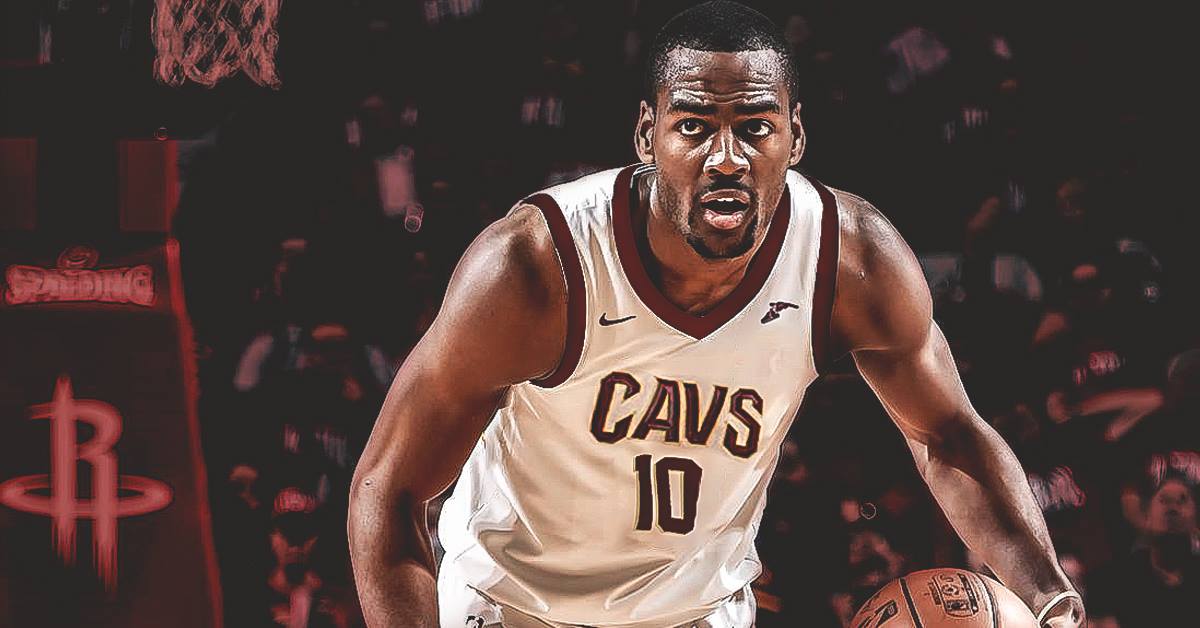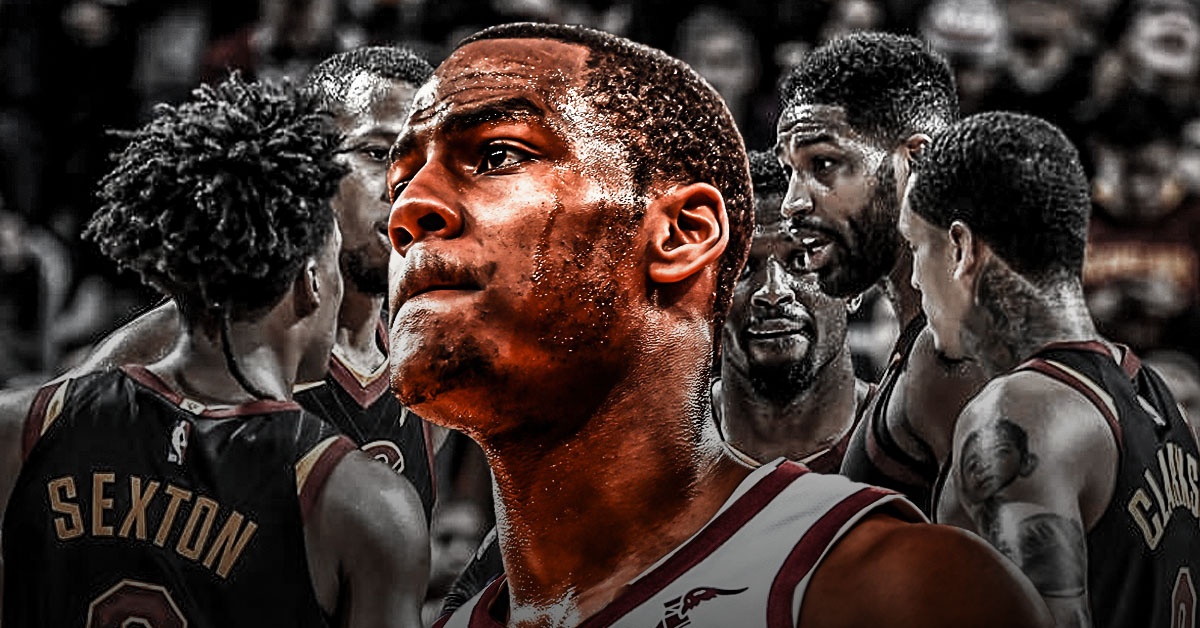On Wednesday, the Cleveland Cavaliers traded veteran sharpshooter Kyle Korver to the Utah Jazz in exchange for guard Alec Burks and two second-round picks. While it was a trade that satisfied the obvious demands of sending Korver to a playoff-bound team and bringing in a younger player in his place, as Burks is just 27-years-old, by trading for Burks have allowed themselves to both play faster and be more dynamic.
A three-position player because of his combination of athleticism, ball-handling ability, off-ball shooting, court vision and length, Burks has played 85.0 percent of his career minutes at shooting guard, he’s played 9.0 percent of his minutes at point guard and five percent of his minutes at small forward.
At 6-foot-6, with a 6-foot-10 wingspan, Burks can come off the bench beside Jordan Clarkson and George Hill and play the small forward position in the perimeter group and stay on the court to play either guard position if a player like Rodney Hood or Cedi Osman is brought in to play the three.

In terms of his ability to play off-ball, Burks has converted at least 37.0 percent of his catch-and-shoot threes and all but one of his last six seasons while taking at least 1.8 three-point attempts per game in each of those seasons. Consequently, while he won’t be mimicking Korver’s three-point specialist role in any capacity, he’ll be a reliable option when Clarkson, Hill or Collin Sexton is beside him in the lineup.
However, make no mistake, Burks is at his best with the ball in his hands, so there will likely be plenty of opportunities for him to play beside Hood and David Nwaba. Nicknamed “Houdini” for his ability to finish around the rim with defenders draped around him, Burks has penchant for getting to the rim with his speed and a decisive dribble. This season, Burks has taken 28.9 percent of his shot attempts within three feet of the rim and made 72.7 percent of those attempts. For his career, 30.5 percent of his shot attempts have come within three feet of the rim and he’s converted 60.3 percent of those attempts.
Burks’ biggest downfall is a tendency to take too many long-twos, which is perhaps the toughest range to convert from; 19.7 percent of his shot attempts have come between 16 feet away from the rim and the three-point line and he’s converted just 35.5 percent of those attempts.
Defensively, he’s a mixed bag and his ability to thrive on that end seems to be a matter of effort more than anything else. Burks is long, athletic, with quick feet and hands, when he wants to show it and with 5.8 career defensive win shares, it’s important to note that he’s never had a season where he’s negatively impacted the team defense, statistically. However, there’s no doubt he has to be more assertive in defending on-ball.
His durability is also a question, with Burks having played just 100 combined games between the 2014-15 and 2016-17 season dealing with major injuries left shoulder and left ankle. However, he appears as healthy as ever and prepared to be a major bench contributor.
Burks is averaging 9.6 points, 2.9 rebounds, 1.6 assists and 0.6 steals in 20.8 minutes per game on 42.5 percent from the field and 35.5 percent shooting from three-point range for his career. This season, he’s averaged 8.4 points, 1.6 rebounds, 1.2 assists and 0.4 steals in 15.8 minutes per game while shooting 41.2 percent from the field and 37.2 percent from three-point range.
*All stats gathered from Basketball Reference
